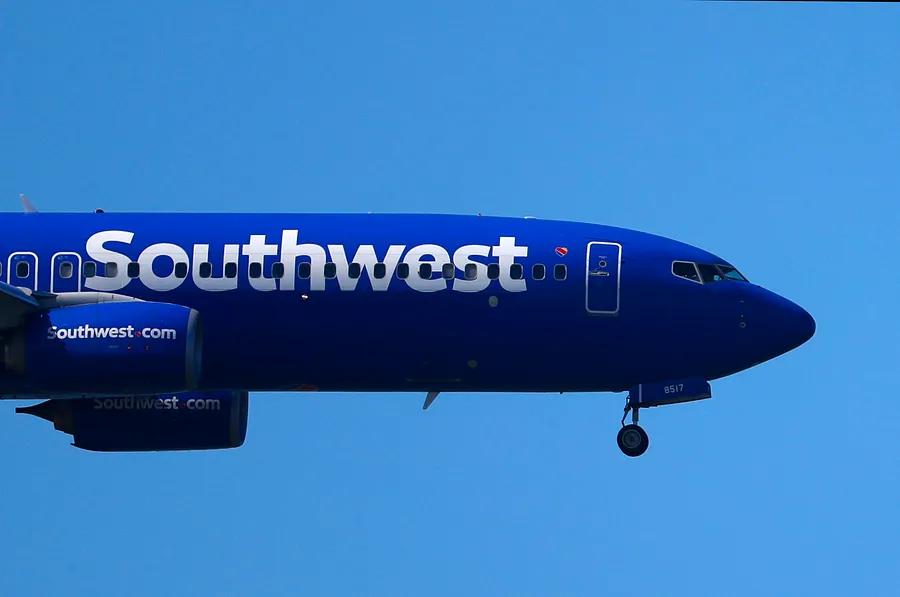‘Caring for’ the next generation of New Zealand’s endangered sea lions

Much like other teenagers, 17-year-old Hannah Yeardley from Dunedin, New Zealand spends her free time babysitting. But instead of children, she's watching over sea lion pups.
During the breeding season, from December to February, when the newborn sea lions are most vulnerable, Yeardley spends her weekends and school holidays walking along the local beach, checking on the sea lion families that nest there. She volunteers for the New Zealand Sea Lion Trust, an organization dedicated to safeguarding the endangered species.
Her favorite sea lion is Zoe, a female roughly the same age as Yeardley, recognized by a dark ring around her eyes and a distinctive scalloped shape on her flipper.
“She just turned 17,” Yeardley says, reflecting on Zoe’s growth. “It’s amazing seeing her each year and witnessing her journey, including the moment she had pups.”
This year has seen a remarkable increase in sea lion births on the Otago Peninsula, a stretch of land that juts out from the city suburbs of Dunedin into the Pacific Ocean. It is home to the largest population of sea lions on New Zealand's mainland, as reported by the Department of Conservation. Twenty-one pups were born, marking the most successful breeding season in nearly 200 years for the endangered species.


Sea lions thrived along New Zealand's shores until the onset of commercial hunting in the early 1800s, which continued through the mid-1900s, nearly driving the species to extinction. The surviving populations took refuge on remote sub-Antarctic islands, like the Auckland and Campbell Islands, where most of the breeding still takes place today.
In the early 1990s, a single brave female made her way back to the mainland, where she gave birth to a pup on St Clair beach. This pioneering sea lion became known as 'Mum,' and a statue in her honor now stands proudly along the esplanade above the beach.
Jim Fyfe, a biodiversity ranger with New Zealand’s Department of Conservation, explains, 'This one female was responsible for reintroducing sea lions to the Otago region.'
Fortunately, Mum’s first three pups were all females, which provided a solid foundation for the growing population, says Fyfe. 'By the year 2000, we had two or three pups being born annually. By 2010, that number increased to six to eight, and in recent years, we've seen 18 to 20 pups born. We're now on a steep upward trajectory in population growth.'
However, the sea lions have returned to a very different environment from what they knew 200 years ago. Roads, cars, motorbikes, humans, dogs, and a host of other dangers now dominate the region, posing significant challenges in ensuring the population thrives and stays healthy.
Sea lions can be rather pungent neighbors.
To avoid the towering adult male sea lions, which can weigh as much as 450 kilograms and have been known to harm pups in their pursuit of mates, mothers often seek out sheltered spots inland to nest. Unfortunately, this brings them closer to human activity and new risks.
These sea lions have been found nesting in various places, such as backyards, dog houses, outbuildings, and even on local golf courses, says Fyfe. Their presence can sometimes lead to conflicts with humans. He recalls one young female that spent months sleeping under a house until the owners, frustrated by the smell, evicted her.
'Their nocturnal habits—returning at 2 a.m. and calling out for their pups—can make them a nuisance for nearby residents,' says Fyfe.
Despite their disruptive behavior, it's the sea lions who face the greatest danger. This year, a three-month-old pup was tragically struck by a car on the Otago Peninsula, and motorcycle tire tracks were recently found near a popular nesting area, highlighting the threats they face from human activities.
The Department of Conservation, alongside the New Zealand Sea Lion Trust and their team of dedicated 'babysitters' like Yeardley, work tirelessly to mitigate these threats. They monitor female sea lions and their pups, set up barriers around potential nesting sites, and place signs warning pedestrians to keep dogs on a leash. In some cases, when sea lions nest in open areas, Fyfe and his team construct shelters to provide protection. Last year, they even shut down a Dunedin road for a month to ensure the safety of a sea lion family.
'The breeding season is a crucial time for sea lions,' says Fyfe. 'We ask the public for their understanding—it's a temporary measure.'
As the sea lion population grows, the current level of personalized care may become unsustainable. Fyfe is optimistic that technology will provide a better solution. He contributed to a research project, published last year, which uses algorithmic models and GIS mapping to pinpoint critical sea lion habitats, potentially allowing rangers to focus efforts on the most vulnerable areas.
'They won’t bite you,' says Fyfe, reassuring those who might fear the sea lions.
In the end, the simplest way to protect sea lions from human-caused threats is by educating the public on how to interact with them safely.
'If you get too close to a sea lion when it’s active, it might charge toward you as a bluff,' explains Fyfe. 'The natural reaction is to run, but that’s exactly what you should avoid. Sea lions rarely bite – in most cases, they’ll just stop and sniff you. Stay calm, and walk away slowly.'
Fyfe hopes that as locals become accustomed to sea lions around their homes and beaches, they will find ways to live alongside them. 'There’s no need for fear,' he says. 'Sea lions aren’t aggressive. They’re simply playful and curious creatures.'
Fortunately, raising awareness about sea lions is a simple task. 'They’re naturally good at it,' Fyfe jokes, 'because, in general, they’re just so darn cute.'

1

2

3

4

5
Evaluation :
5/5